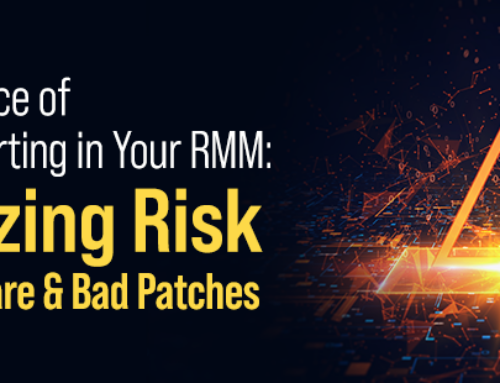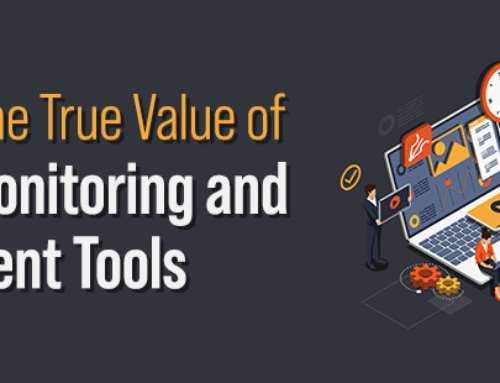As any IT professional knows, zero-day attacks are still a severe problem in today’s ever-changing IT threat landscape. While many business owners aren’t aware of what zero-day vulnerabilities are, IT professionals regularly deal with them.
But even though IT professionals come across zero-day vulnerabilities quite frequently, cybercriminals are typically the ones with the upper hand. When there’s no patch available to fix a software vulnerability, hackers pounce quickly, which, of course, is troubling for IT professionals and the systems and networks they manage and oversee.
Zero-day vulnerabilities, in general, constitute a significant security risk to businesses of all sizes. Every company using software is suspectable to zero-day attacks. There’s nowhere for business to hide. It doesn’t matter how big or small a business is. It doesn’t matter how large their systems and networks are or how many employees they have. Suppose there’s a vulnerability in the software a business is using. In that case, hackers will seek to exploit it, if possible, to damage a system or steal data.
Taking proactive security measures is one of the best ways for IT professionals to protect their clients from cyber criminals seeking to exploit software vulnerabilities. For example, engaging with a comprehensive security platform is essential to shielding clients from zero-day vulnerabilities. Using a security platform that offers more than just a firewall solution and antivirus software (both necessary) and includes automated lockdown protection gives IT professionals a better chance of combatting potential threats from zero-day vulnerabilities.
Automation is also key to preventing zero-day attacks, especially with larger organizations. Having to install software patches manually leaves plenty of room for human error, which is why IT professionals should rely more on automated patch deployment, for instance. Enabling automated patching deployments within your IT management software decreases the likelihood of a patch not installed when a software vendor makes one available.
Of course, using automation for patch deployment cannot prevent zero-day attacks entirely, but what it can do is limit exposure. When a vendor does make a patch available, it will be automatically installed. Delays often occur when IT professionals install patches manually. Avoid delays and limit exposure to zero-day attacks by using automated patch management.
Having an incident response plan in place helps with avoiding additional damage from a zero-day attack. If one of your clients is hit with a zero-day attack, enact your incident response plan to ensure you contain the incident and assist with recovery.
While you’re not going to prevent all zero-day attacks, there are ways to reduce a client’s exposure and quickly recover.




